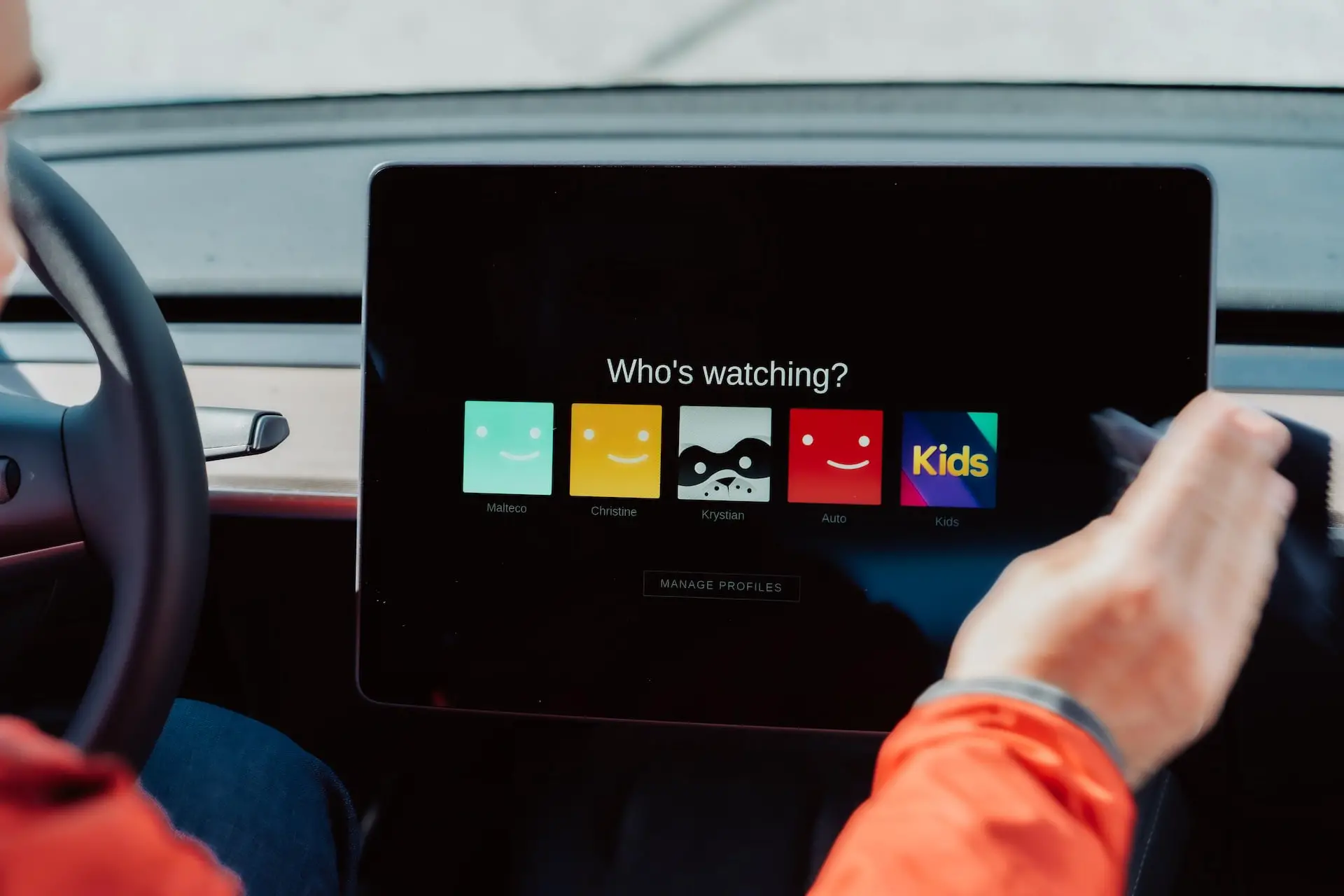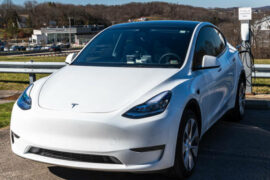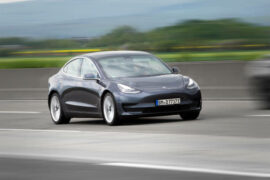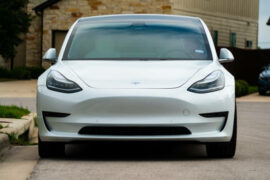Tesla Navigation VS Google Maps. In today’s fast-paced world, the role of navigation systems in modern vehicles has become paramount, transforming the way we navigate and interact with our surroundings. Gone are the days of relying solely on paper maps; instead, drivers now benefit from sophisticated in-car navigation systems that offer real-time guidance, traffic updates, and a range of features designed to enhance the driving experience.
As we delve into the realm of navigation systems, two major players stand out: Tesla’s in-house navigation and the widely acclaimed Google Maps. Both platforms have revolutionized the way users navigate their journeys, each bringing unique features and functionalities to the forefront. In this exploration, we will dissect the significance of these navigation systems, comparing and contrasting their strengths and weaknesses to help users make informed decisions based on their preferences and needs. Join us on this journey as we navigate through the intricate landscape of Tesla Navigation vs Google Maps.
Contents
User Interface and Integration
The user interface and integration of navigation systems play a pivotal role in the overall user experience, influencing how effortlessly drivers can access and utilize essential features. Let’s take a closer look at the user interfaces and integration strategies employed by Tesla Navigation and Google Maps.
Tesla Navigation:
Tesla’s in-house navigation system boasts an interface meticulously crafted for seamless integration with Tesla vehicles. The dashboard and touchscreen interface become an extension of the driver’s control, with a design that aligns with the overall aesthetic of Tesla’s user experience. The interface is intuitive, providing users with quick access to navigation features, real-time data, and electric vehicle-specific functionalities.
The integration of Tesla Navigation goes beyond aesthetics, as it is intricately linked with the vehicle’s other systems. This includes integration with Autopilot, Tesla’s advanced driver-assistance system, creating a cohesive driving experience. The synergy between the navigation system and the vehicle’s hardware contributes to a fluid and user-friendly interface.
Google Maps:
In the realm of user interfaces, Google Maps is renowned for its universal appeal and user-friendly design. Accessible across a multitude of devices, Google Maps ensures a consistent and familiar experience whether accessed on a car’s infotainment system, a smartphone, or a tablet.
The interface of Google Maps is characterized by simplicity and clarity. Users can easily input destinations, view real-time traffic updates, and explore points of interest with minimal effort. Its adaptability across different devices ensures that users experience a seamless transition from one platform to another, maintaining a cohesive and user-centric design.
In the comparison between Tesla Navigation and Google Maps, users may find themselves navigating through different user interface philosophies. While Tesla excels in tailoring its interface to the unique capabilities of its vehicles, Google Maps provides a versatile and accessible design that transcends device boundaries. This juxtaposition sets the stage for a nuanced exploration of which interface resonates more with individual preferences.

The success of a navigation system lies in the breadth and depth of its features, catering to the diverse needs of users. Let’s embark on a detailed analysis of the distinctive features offered by Tesla Navigation and Google Maps, unraveling the capabilities that set them apart in the realm of navigation.
Tesla Navigation:
Tesla Navigation goes beyond the conventional mapping experience by tailoring its features to the unique needs of electric vehicle (EV) drivers. One standout feature is the real-time energy consumption estimates, providing drivers with insights into how their driving habits impact the range of their electric vehicles. This empowers Tesla owners to make informed decisions, optimizing their journeys for energy efficiency.
Furthermore, Tesla Navigation seamlessly integrates with the Autopilot system, Tesla’s advanced driver-assistance feature. This integration elevates the navigation experience by providing assisted driving capabilities, such as lane-keeping, adaptive cruise control, and automated lane changes. The synergy between navigation and Autopilot transforms the driving experience, showcasing Tesla’s commitment to innovation in the EV landscape.
Google Maps:
Google Maps, a juggernaut in the navigation arena, offers a comprehensive suite of features that caters to a broad spectrum of users. Real-time traffic updates stand out as a flagship feature, allowing users to navigate dynamically through changing traffic conditions. This real-time data is invaluable for avoiding congestion and optimizing travel times.
Street View, another hallmark feature of Google Maps, provides users with a visual representation of their destination, enhancing familiarity with their surroundings before reaching the destination. Additionally, Google Maps supports various transportation modes, including walking, cycling, and public transit, offering a holistic navigation experience beyond just driving.
In comparing Tesla Navigation and Google Maps, users may find themselves weighing the convenience of EV-centric functionalities against the versatility of Google Maps’ expansive feature set. Tesla’s emphasis on energy efficiency and Autopilot integration contrasts with Google Maps’ commitment to delivering real-time information and diverse navigation options. This analysis sets the stage for users to prioritize features aligned with their preferences and daily navigation needs.
Map Data and Accuracy
The foundation of any navigation system lies in the accuracy and reliability of its map data. In this section, we will scrutinize the map data sources utilized by Tesla Navigation and Google Maps, shedding light on how these platforms ensure precision in providing navigational information.
Tesla Navigation:
Tesla Navigation relies on map data sourced from Mapbox, a prominent mapping platform known for its dynamic and frequently updated maps. Mapbox leverages a combination of traditional mapping methods and user-generated data to maintain a comprehensive and accurate mapping database. This collaboration ensures that Tesla vehicles are equipped with the latest information, including road layouts, points of interest, and real-time data critical for effective navigation.
The use of Mapbox not only contributes to the accuracy of Tesla Navigation but also aligns with Tesla’s commitment to over-the-air updates. This approach allows Tesla vehicles to receive timely improvements, ensuring that drivers benefit from the most current map data and navigation features.
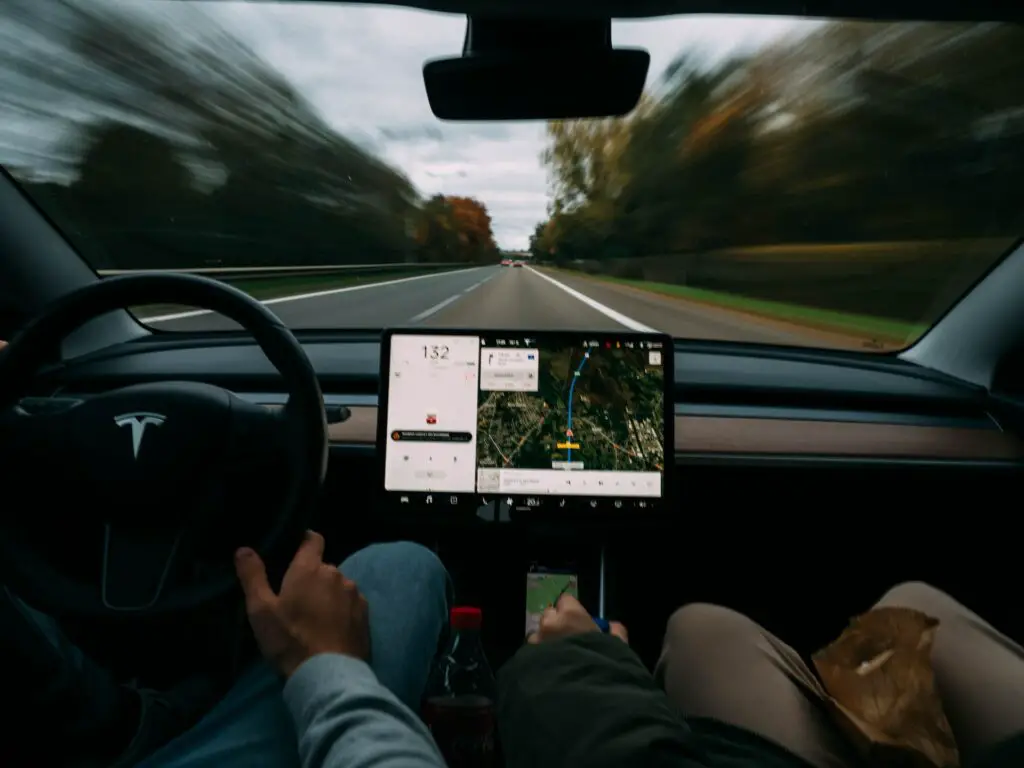
Google Maps:
Google Maps, developed by the tech giant Google, taps into Google’s extensive mapping database, one of the most robust and constantly evolving sources of geographical information. Google employs a combination of satellite imagery, street-level photography, and user-contributed data to keep its maps up-to-date and accurate.
The accuracy of Google Maps is bolstered by its continuous efforts to enhance its mapping algorithms and incorporate user feedback. Street View, a feature unique to Google Maps, offers users a visual representation of their surroundings, further confirming the precision of the map data.
When comparing the map data and accuracy of Tesla Navigation and Google Maps, users are presented with two systems relying on established mapping platforms. While Tesla leverages Mapbox to cater specifically to its electric vehicles, Google Maps harnesses Google’s extensive resources to provide a broad and detailed mapping experience. Users navigating through this decision may consider the specific mapping needs relevant to their driving preferences and locations.
Real-time Updates
The dynamic nature of roadways demands navigation systems that can adapt to changing conditions in real time. In this section, we’ll explore how Tesla Navigation and Google Maps approach real-time updates, ensuring users have access to the most current information for their journeys.
Tesla Navigation:
One of Tesla Navigation’s standout features is its ability to receive over-the-air updates. This innovative approach allows Tesla vehicles to receive software and navigation updates remotely, without the need for physical intervention. This capability ensures that Tesla drivers benefit from continuous improvements, new features, and the latest mapping data without the inconvenience of visiting a service center.
Over-the-air updates empower Tesla Navigation to evolve alongside advancements in electric vehicle technology and changing road conditions. This proactive approach to updates not only enhances the user experience but also reflects Tesla’s commitment to keeping its navigation system at the forefront of innovation.
Google Maps:
Google Maps, a pioneer in providing real-time information, excels in offering dynamic updates to users. The platform is designed to reflect changes in traffic conditions, road closures, and other pertinent information as they occur. Through a combination of GPS data, user-generated reports, and sophisticated algorithms, Google Maps delivers accurate and timely updates to users across the globe.
The commitment to real-time updates extends beyond traffic conditions; Google Maps actively incorporates user feedback regarding changes in roads, businesses, and points of interest. This crowdsourced approach ensures that the map data remains current and reflective of the evolving landscape.
When evaluating the real-time update capabilities of Tesla Navigation and Google Maps, users are presented with distinct approaches. Tesla’s over-the-air updates cater specifically to its electric vehicles, ensuring not only timely map data but also continuous improvement in other aspects of the vehicle’s software. Meanwhile, Google Maps leverages a vast network of users to provide real-time updates on a global scale, maintaining its status as a reliable and up-to-date navigation solution. Users may consider their preferences for immediacy, the scope of updates, and the integration of new features when choosing between these two systems.
Accessibility
Accessibility is a crucial factor in determining the reach and usability of navigation systems. In this section, we will assess how Tesla Navigation and Google Maps address accessibility, considering their availability across devices and the inclusivity of their user bases.
Tesla Navigation:
Tesla Navigation, designed as an integral part of the Tesla ecosystem, is primarily accessible within Tesla vehicles. While this approach ensures a seamless integration with the car’s features, it limits the accessibility of Tesla Navigation outside the confines of Tesla vehicles. This exclusivity might pose challenges for users who rely on different vehicles or prefer navigation solutions that transcend a single brand.
The tight integration within the Tesla ecosystem, however, enables a cohesive and tailored experience for Tesla owners. The navigation system works hand-in-hand with other vehicle functionalities, creating a unified interface that caters specifically to electric vehicle needs.
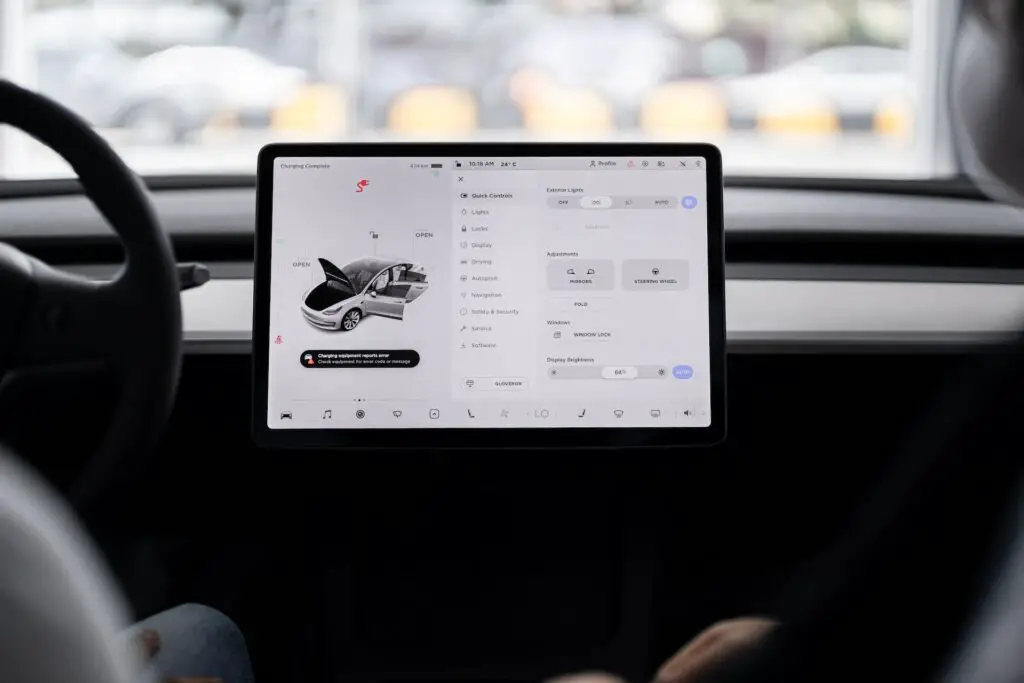
Google Maps:
Google Maps, in stark contrast, is renowned for its universal accessibility. Available on a myriad of devices, including smartphones, tablets, and desktop computers, Google Maps transcends the limitations of a specific ecosystem or vehicle brand. This widespread availability makes it a go-to choice for users regardless of the vehicle they drive or the device they use.
The universal appeal of Google Maps extends beyond its device compatibility; it is also accessible across different operating systems, making it a versatile solution for users with diverse preferences and device ecosystems.
Conclusion
In the landscape of navigation systems, the comparison between Tesla Navigation and Google Maps reveals two distinct approaches to guiding users through their journeys. As we conclude this exploration,
The choice between Tesla Navigation and Google Maps hinges on individual preferences. Users who prioritize a seamless, tailored experience within the Tesla ecosystem may lean towards Tesla Navigation. Conversely, those valuing universal accessibility, diverse features, and compatibility across various devices may find Google Maps to be the preferred option. In the dynamic landscape of navigation systems, both Tesla Navigation and Google Maps continue to evolve, offering users innovative solutions for their travel needs. The decision ultimately rests on user considerations, lifestyle, and the specific features that align with individual preferences. Whether it’s the electric vehicle-centric features of Tesla Navigation or the universal accessibility of Google Maps, users can navigate through their choices with a clearer understanding of what each platform brings to the table.

